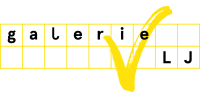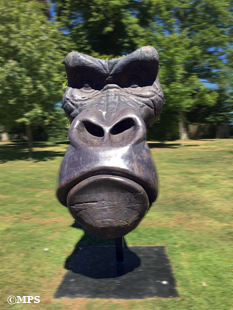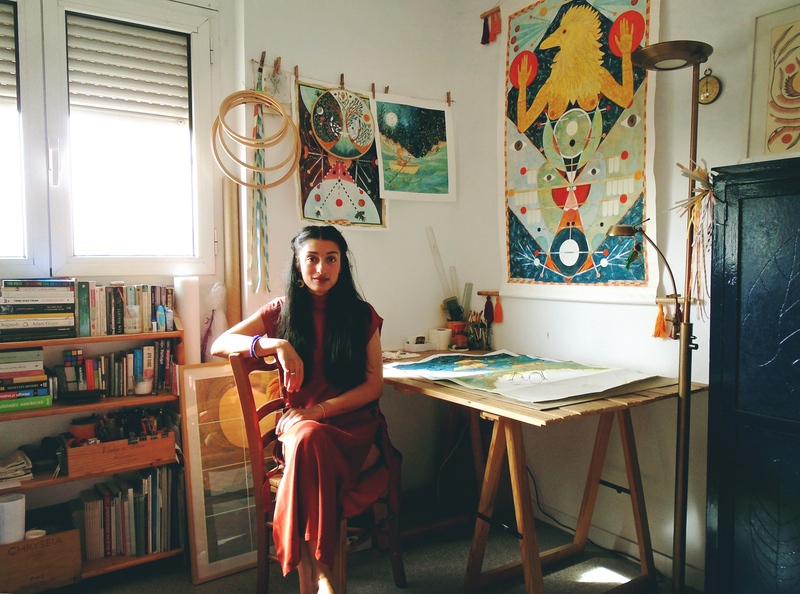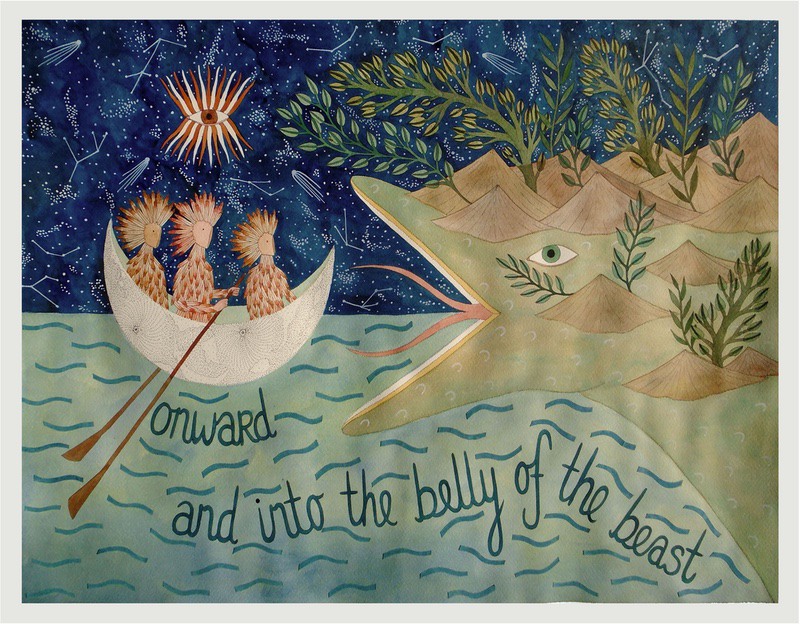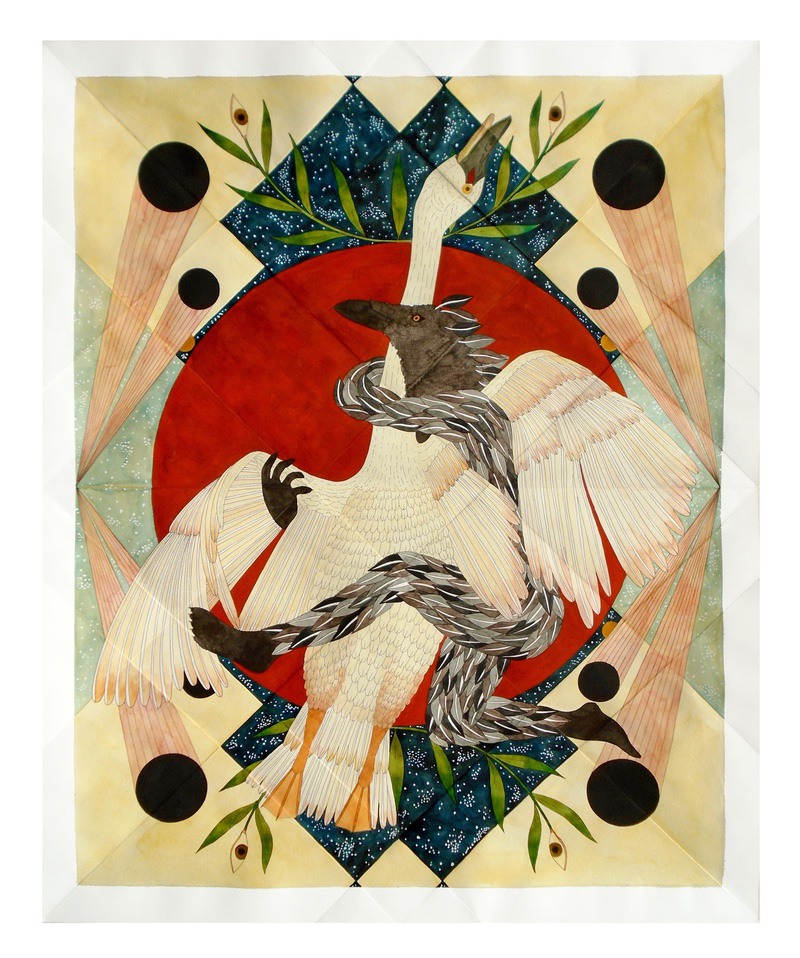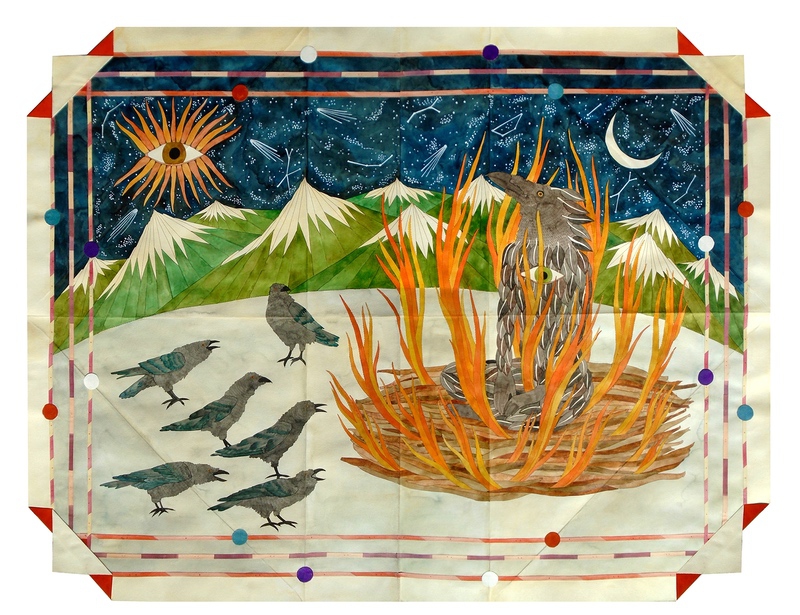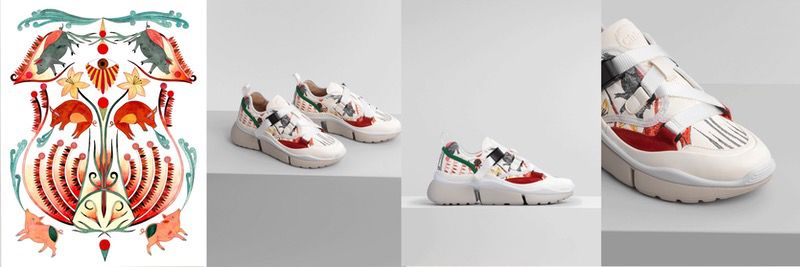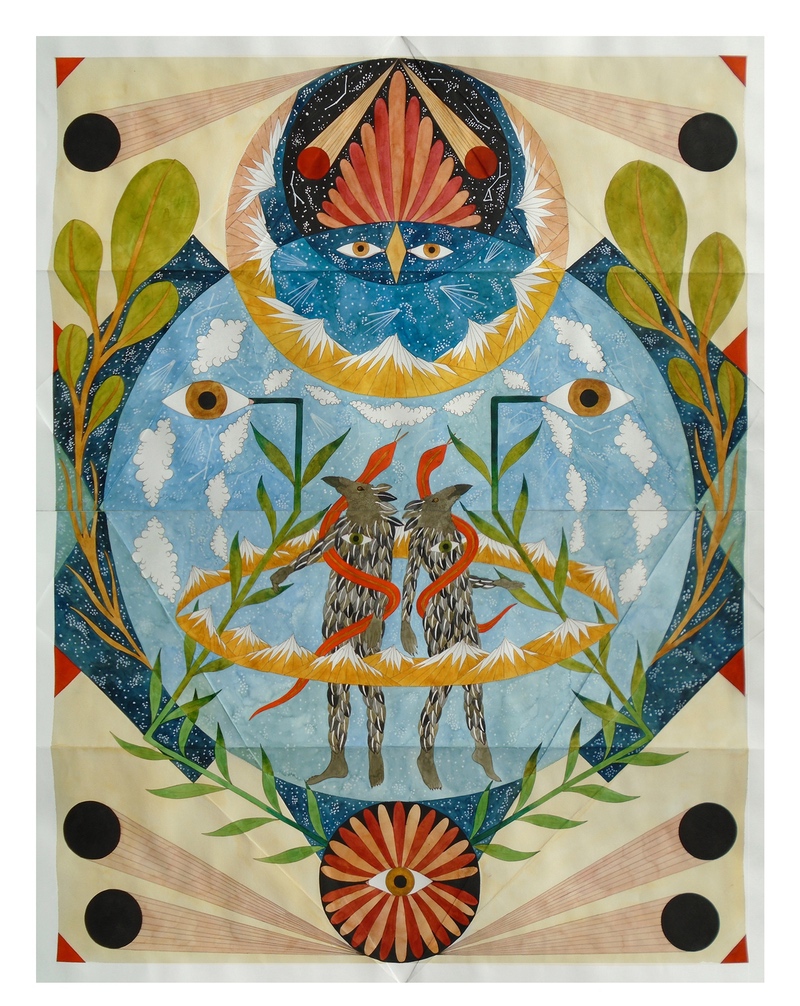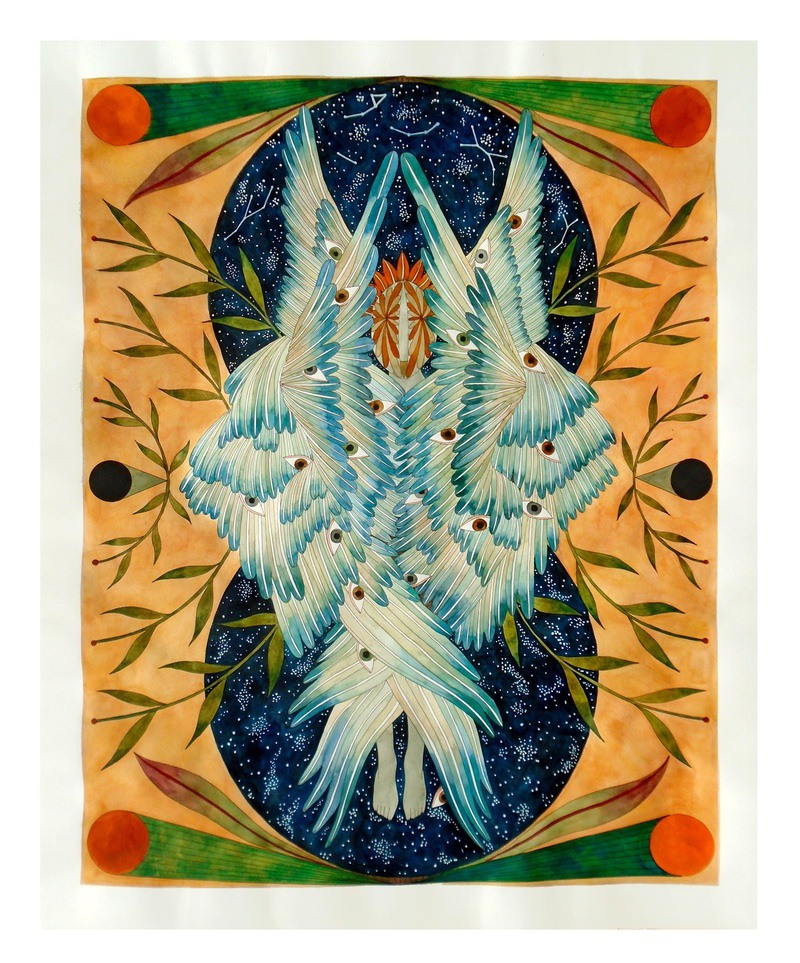Quentin Garel à la Matmut
Morphologies imaginaires
http://www.lessoireesdeparis.com/2019/07/11/morphologies-imaginaires/
Publié le 11 juillet 2019 par Marie-Pierre Sensey
Mine de rien, ça lui plaît de tromper son petit monde avec ses animaux venus du fond des âges à moins que, au contraire, ils aient déjà muté et appartiennent à notre futur. Ça lui plaît aussi de présenter des bronzes qui ont un aspect de bois flotté à moins que ce ne soit l’inverse. Le visiteur s’y perd et lui s’amuse.
Quentin Garel travaille sur le monde animal depuis vingt ans déjà. Vingt ans qu’il a ouvert son regard sur la beauté animale et sur sa diversité. Et pourtant il n’est ni sculpteur animalier ni militant de la cause animale. Il est dans un autre registre, il témoigne, il interroge, il met en scène pour mieux interpeller… et observe les réactions du public de son œil malicieux. Cela se passe à Saint-Pierre-de-Varengeville en Seine-Maritime.
A partir d’une approche « scientifique » tel un archéologue, il étudie la morphologie des animaux, leurs ossements en se documentant notamment dans les musées d’archéologie ou d’histoire naturelle. Le rendu final est réaliste, les proportions sont respectées et le visiteur arrive à les associer aux animaux. Sauf que, à la manière d’une anamorphose, ils sont légèrement déformés, un brun monstrueux et n’ont jamais vraiment existé. L’artiste va accentuer un détail de l’animal pour le rendre extra-ordinaire. Il va même jusqu’à leur donner des noms à résonance latine pour aller au bout de l’illusion d’une supposée découverte archéologique : « Vertebrata » « Gigantodobemus ».
En même temps qu’il donne à voir ces crânes ou squelettes d’animaux, il nous questionne nous les humains, sur nos propres travers et nos vanités. Son approche anatomique presque académique atteste d’une connaissance maîtrisée des morphologies qui lui permet justement de mieux s’en éloigner. Et c’est là qu’intervient le geste de l’artiste notamment avec son travail sur les trophées. Les animaux sont présentés comme des trophées de chasse mais nous sommes dans le détournement et dans l’inversion des rôles. Ils ne sont pas des trophées et au contraire, ce sont eux qui semblent plutôt nous fixer et nous interroger du fond des âges. Ces animaux sont-ils nos contemporains ou des témoignages d’un lointain passé ou d’un futur proche ? C’est là que l’artiste vient brouiller les cartes. Il interroge ainsi à la fois notre rapport au temps et questionne notre identité. Qui est l’homme et qui est l’animal ?
La mise en scène du centre d’art a pris le parti de présenter les sculptures en correspondance avec les immenses dessins qui servent de phase préparatoire à la réalisation des sculptures. Car Quentin Garel -Prix de dessin de l’académie des Beaux-Arts en 1995 et 2003- excelle autant dans le dessin que dans la sculpture. Réalisés au fusain, sortes de «palimpsestes» géants, ils sont eux mêmes enchevêtrements d’études et superpositions de formes animales qui viennent encore ajouter à la richesse du propos. Des études préparatoires qui sont des œuvres à part entière, de par leur format -qui peut aller jusqu’à 11 mètres de long- et de par la fascinante précision du trait ou encore l’harmonie d’une vraie composition qui se dégage de l’ensemble .
Dans son travail de sculpteur, il brûle le bois, il le sable, pour recréer la peau de l’animal, instaurant un jeu subtil entre le sujet, l’animal et la matière des matériaux utilisés. Puis dans un deuxième temps, il fait réaliser à partir des oeuvres « originales » en bois, des bronzes qui sont travaillés de telle manière que seul le toucher permet de faire la différence entre le travail du bois et celui du métal. Quentin Garel est aussi un illusionniste.
Avec le centre d’art de Saint Pierre de Varengeville et Quentin Garel, l’histoire avait commencé dès les débuts de la création du Centre avec l’acquisition du Grand Masque de gorille III en bronze qui a pris place dans le jardin. C’est aussi une histoire de famille aussi avec l’achat du « Panthéon de l’art » de Philippe Garel (le père) présenté dans le superbe sous-sol voûté du château qui fait office de sanctuaire.
Cette rétrospective de 20 années consacrées au travail sur les animaux est pour l’artiste comme une consécration et peut-être aussi l’occasion de tourner la page et de passer à un autre sujet qui pourrait peut être, être un travail sur nous, les humains : « Ça me taraude depuis quelques années. Je m’étais interdit de toucher à la figure humaine à cause de mon père, mais je pense que j’y viens, à 40 ans passés ! »
Marie-Pierre Sensey
Quentin Garel est diplômé de l’École nationale supérieure des beaux-arts de Paris (1998) et a été résident de la Casa Velazquez de Madrid promotion (1998-1999)
Jusqu’au 6 octobre 2019
Centre d’art contemporain de la MatMut
425, rue du Château, Saint-Pierre-de-Varengeville Seine-Maritime
